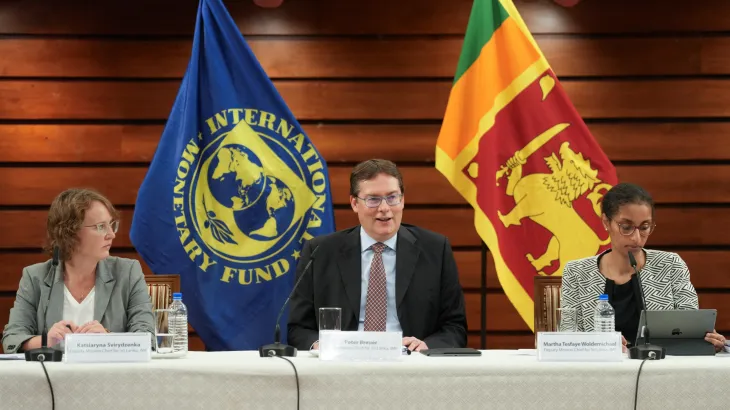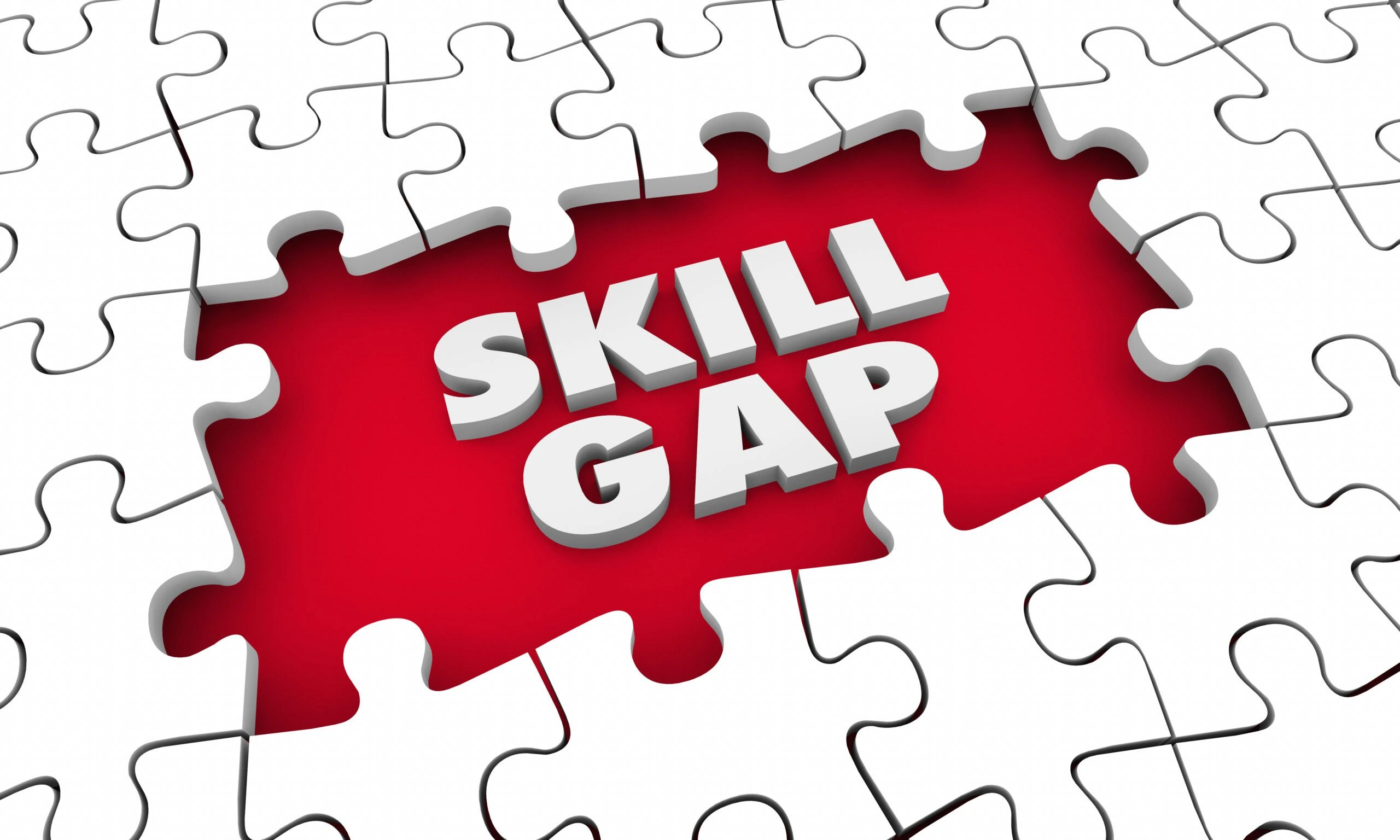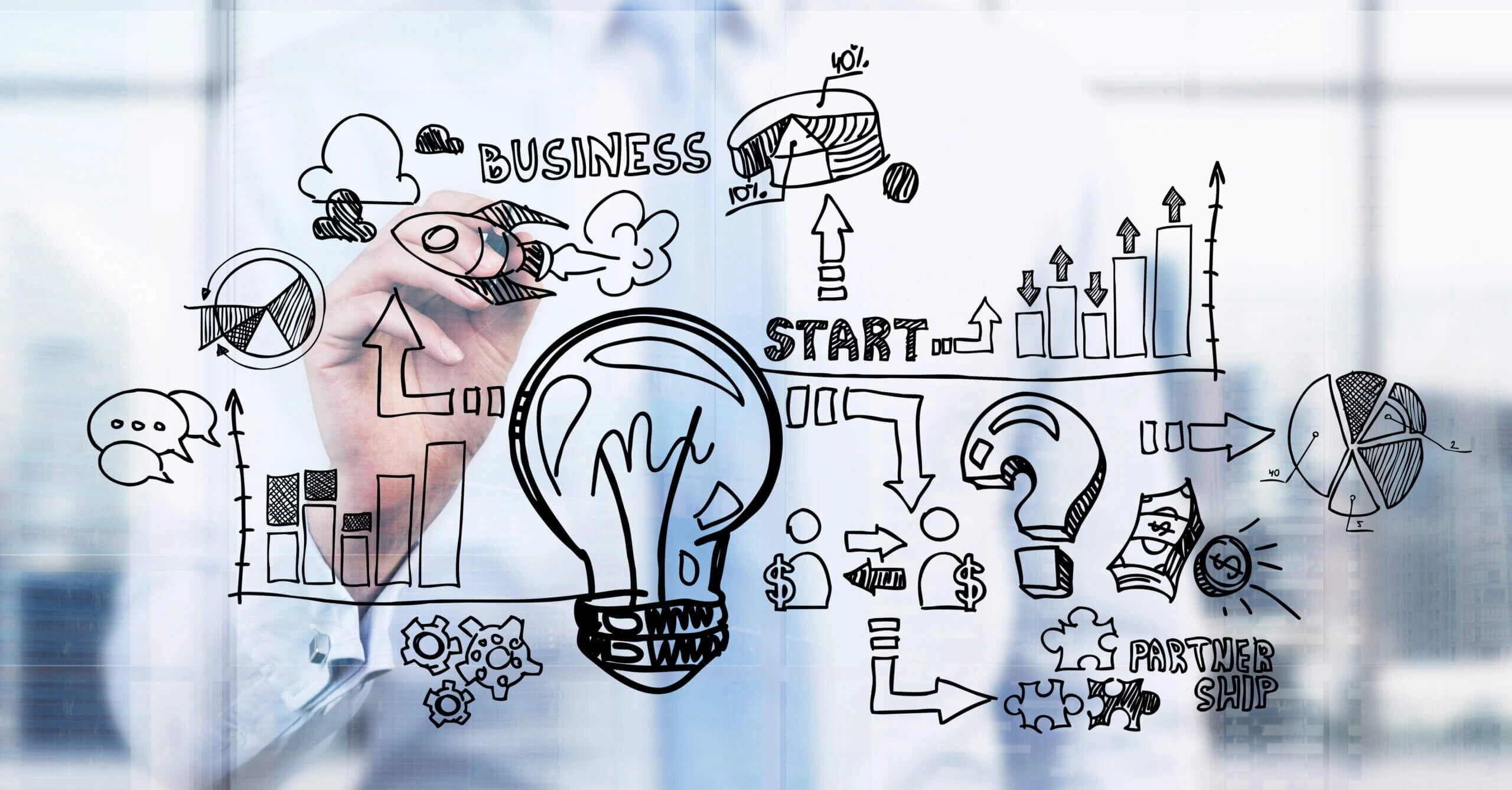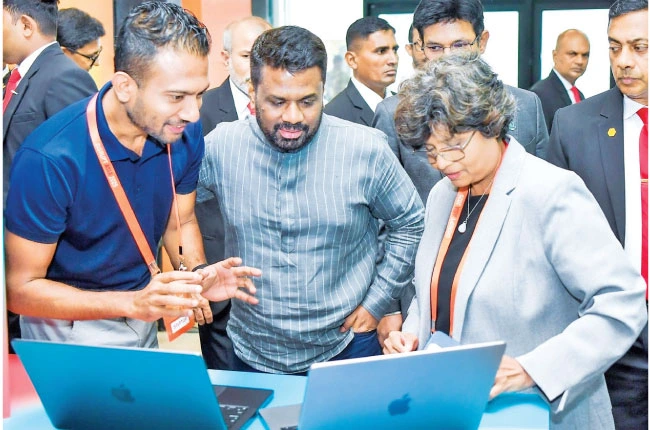Sri Lanka’s economy is forecast to grow 3.5–3.9% in 2025 after the latest IMF disbursement. But new global headwinds, export tariff risks, and structural reforms raise questions about the durability of recovery.
Introduction
Sri Lanka has cleared its fourth IMF programme review, unlocking another tranche of ~US $350 million. The government is hailing this as a crucial step towards macroeconomic stability after its historic 2022 default. But does this approval truly signal a turning point?
While GDP growth is projected at 3.5–3.9% in 2025, structural weaknesses, poverty rates near 24.5%, and new export tariff challenges expose the economy to fresh risks. As the country moves toward debt sustainability targets, businesses and policymakers must grapple with questions of resilience and equitable growth.
This article unpacks the IMF review outcome, growth projections, and the real challenges that lie ahead for Sri Lanka’s economy.
IMF Disbursement: Context and Conditions
In June 2025, the IMF Board approved the fourth review of Sri Lanka’s Extended Fund Facility (EFF), allowing a disbursement of about US $350 million. This brings the total IMF disbursed under the current programme to over US $1.3 billion.
The EFF’s goals remain ambitious but clear:
- Restore debt sustainability through restructuring and fiscal consolidation.
- Rebuild foreign reserves to cushion external shocks.
- Modernise revenue collection and reduce budget deficits.
- Safeguard social spending for vulnerable groups.
Sri Lanka’s authorities committed to improving tax collection, cutting losses at state-owned enterprises, and strengthening governance, including anti-corruption frameworks.
But these reforms are politically challenging. Tax hikes, fuel price liberalisation, and SOE reforms can provoke public backlash. Businesses, meanwhile, worry about the cost of credit and new tax compliance burdens.

Growth Forecast: 3.5–3.9% in 2025
The IMF and World Bank both expect modest growth of about 3.5–3.9% in 2025.
Key drivers include:
- Gradual recovery in tourism (now approaching pre-crisis levels).
- Improvements in agricultural output after easing fertiliser restrictions.
- Modest revival in manufacturing, with some FDI inflows.
But risks remain:
- Global demand is softening, especially for textiles.
- Inflation, while declining, remains a challenge for consumer spending.
- Poverty remains high, with ~24.5% of the population still vulnerable.
For businesses, this means opportunity in sectors like tourism, agriculture modernisation, and fintech—but also a need for caution as consumer purchasing power remains fragile.
Tariff Headwinds: A New Risk to Exports
A critical emerging threat is the risk of higher tariffs on Sri Lankan exports in key markets. The United States has announced tariff changes affecting a range of textile and apparel imports from developing economies.
While details are evolving, early analysis suggests Sri Lankan garment exports—the country’s single largest foreign exchange earner after remittances—could face higher costs entering the US market.
Given that the apparel sector employs hundreds of thousands and underpins entire local economies, any erosion of competitiveness is a serious concern.
Moreover, Sri Lanka faces competition from lower-cost producers like Bangladesh and Vietnam. Without tariff-free or preferential access, its exporters risk being squeezed.
Debt Sustainability: Still a Tightrope
The IMF programme rests on achieving sustainable debt levels by 2032. This requires:
- Concluding restructuring deals with bilateral and private creditors.
- Maintaining primary budget surpluses.
- Keeping borrowing costs under control.
Sri Lanka has made progress with its Paris Club and China, but private bondholder negotiations have proven complex. Any delays threaten to derail the overall IMF timetable.
Meanwhile, the government has limited fiscal space to stimulate growth or fund social programmes, as debt service takes priority.
For business leaders, the key takeaway is that while default is (for now) averted, the path to true solvency remains uncertain.
Structural Reforms: The Hard Part Begins
Arguably, securing the IMF money is the easy part. The real test is implementation.
Reforms on the agenda include:
- Tax administration overhaul.
- State-owned enterprise restructuring.
- Energy pricing liberalisation.
- Targeted social safety nets.
Each faces political resistance and practical challenges. Successful delivery will determine whether Sri Lanka merely stabilises or genuinely transforms its economic model.
For investors, reforms promise transparency and predictability. But failure would perpetuate cycles of crisis.
Business Perspective: Balancing Opportunity and Risk
The macro story is complex. On one hand:
- IMF approval improves investor confidence.
- Tourism is rebounding strongly.
- Agricultural reforms are restoring productivity.
But on the other:
Export tariff risks threaten foreign exchange.
High poverty rates suppress domestic demand.
Fiscal austerity could hamper infrastructure investment.
Business leaders need to stay nimble. Exporters should watch tariff negotiations closely and consider market diversification. Retailers must adapt to cautious consumer spending. Investors should price in political risk around reforms.
Sri Lanka’s fourth IMF review approval is an important milestone on its recovery journey. But it is no guarantee of success.
While growth of 3.5–3.9% offers hope, it is built on a fragile foundation of debt restructuring, fiscal reforms, and global trade dynamics that can shift quickly.
For the private sector, the challenge is to seize emerging opportunities—particularly in tourism, agriculture, and digital services—while building resilience against export risks and domestic demand constraints.
Sri Lanka has stabilised, for now. But the true measure of success will be whether it can transform that stability into durable, inclusive, and self-sustaining growth.





